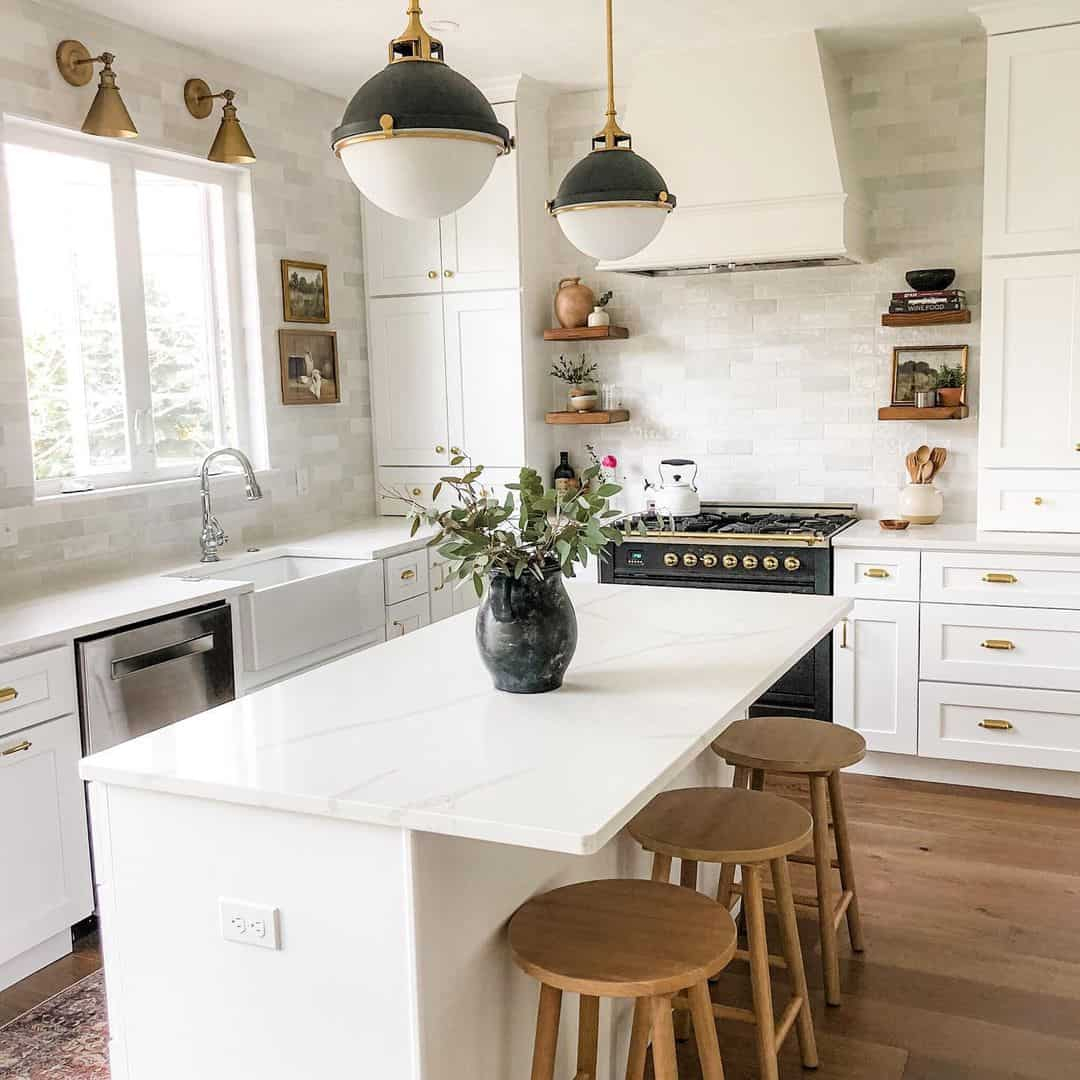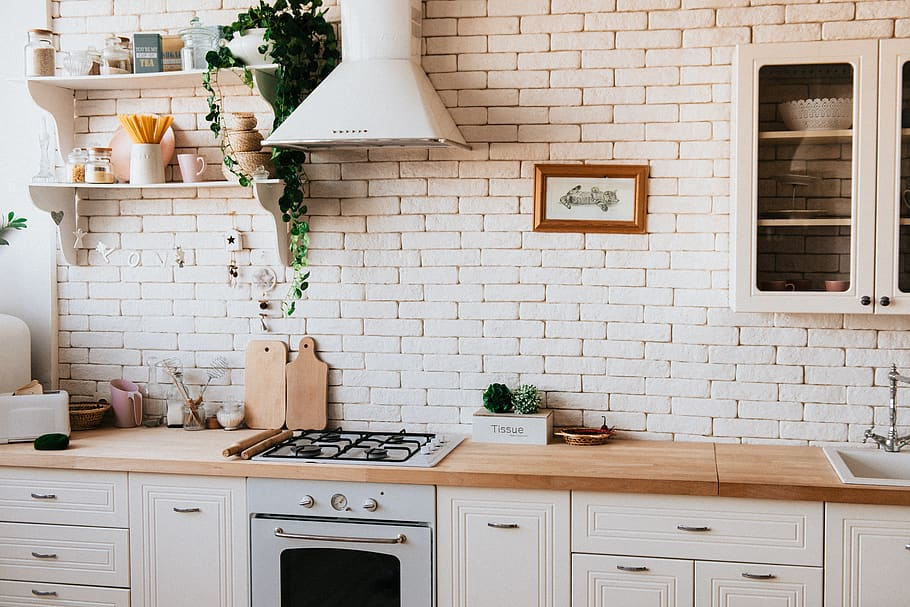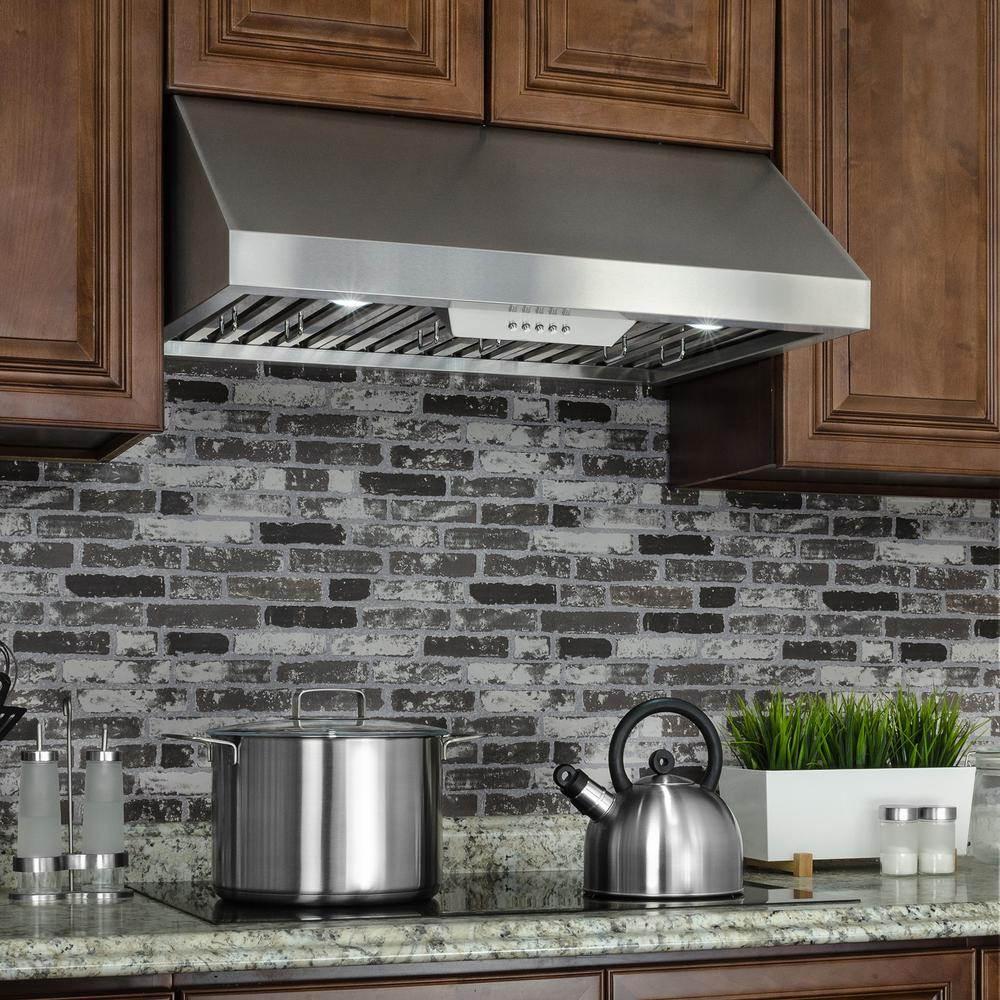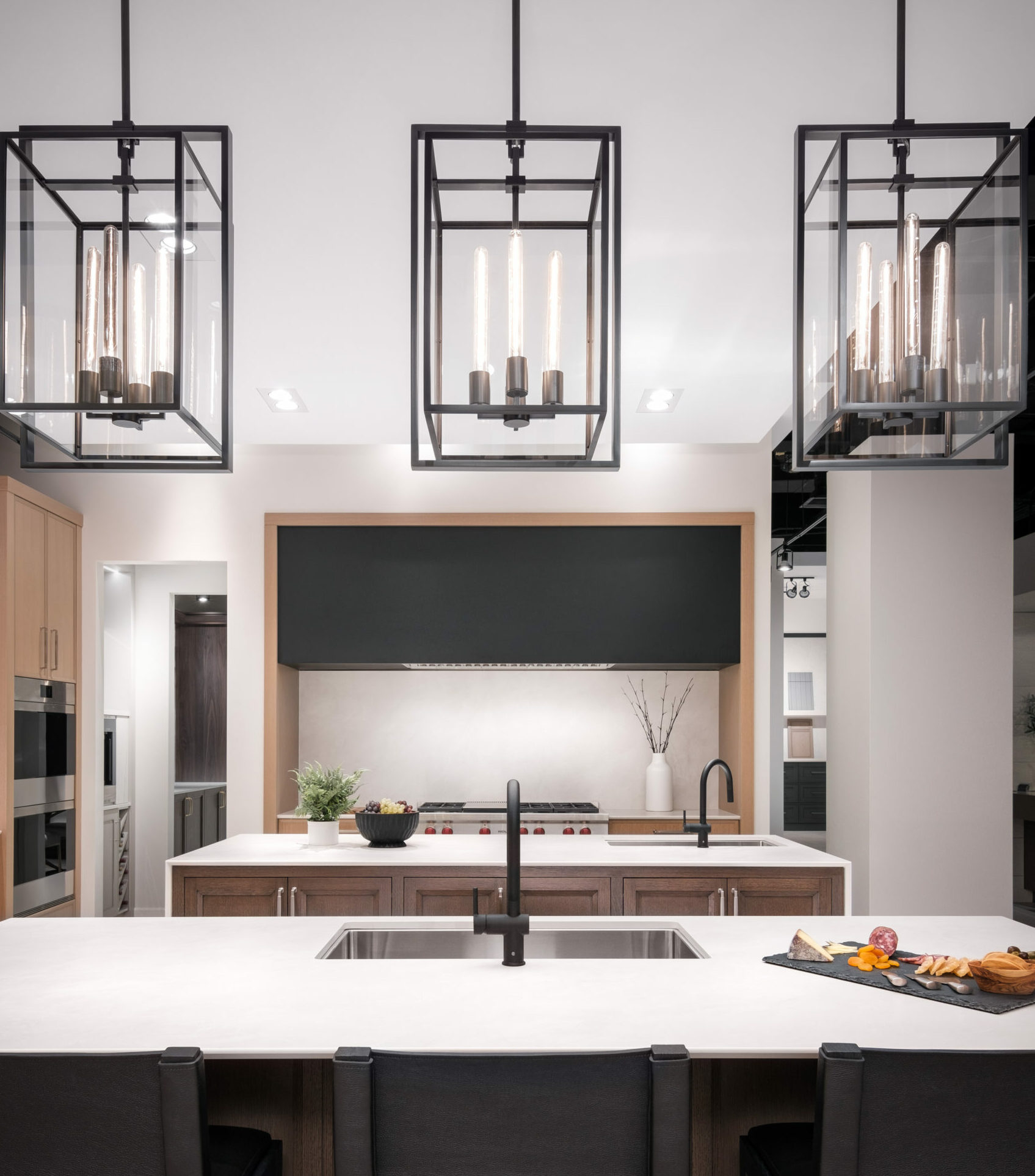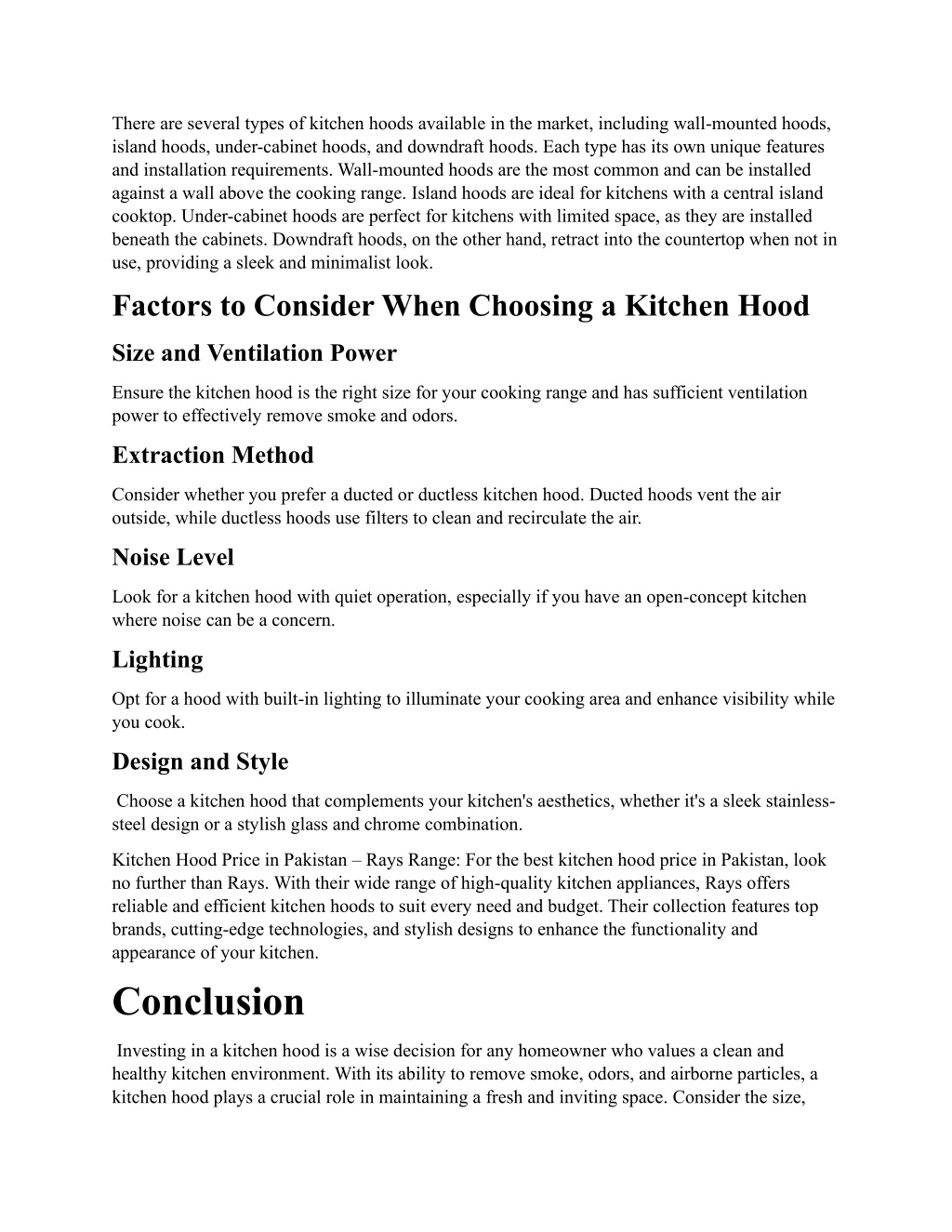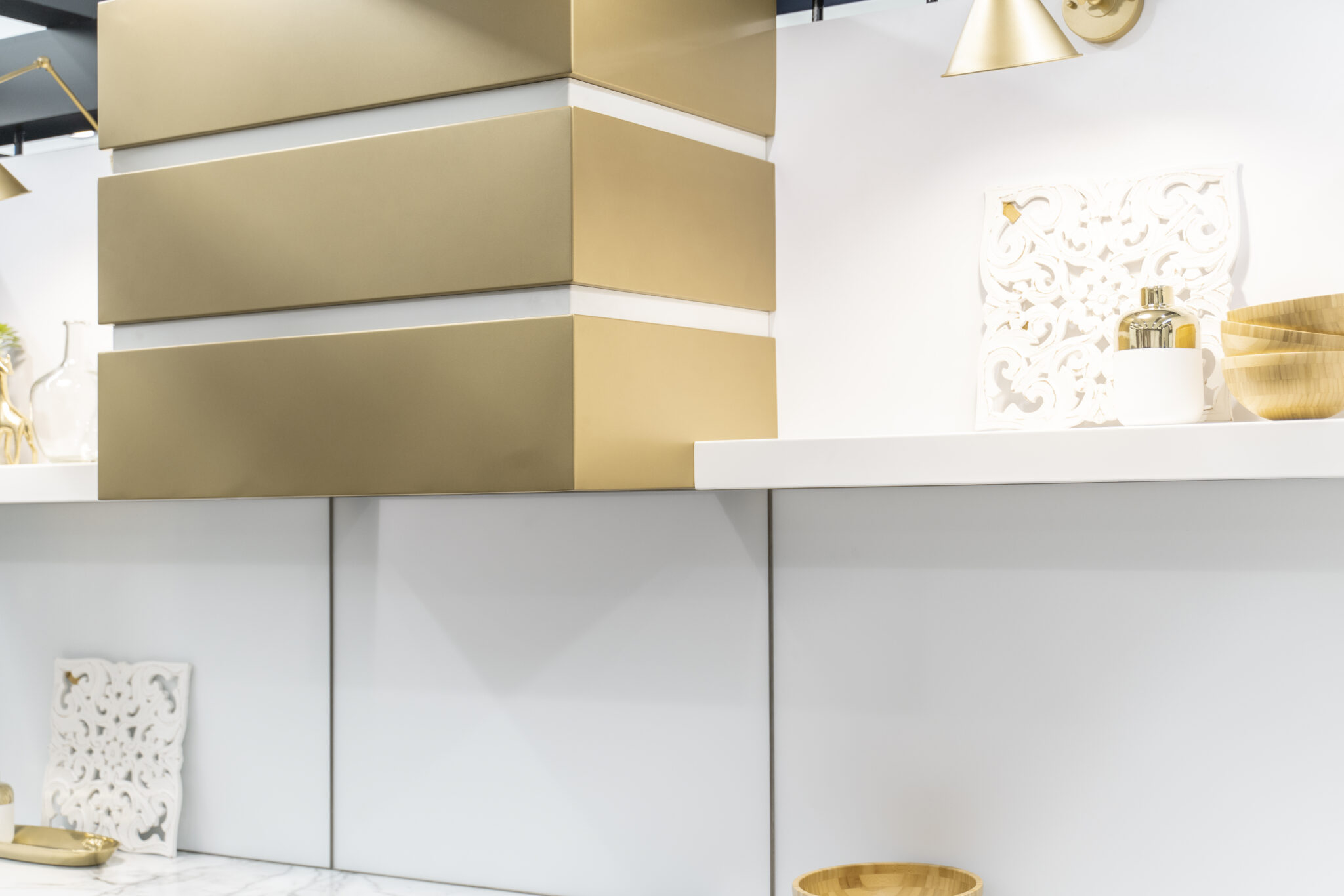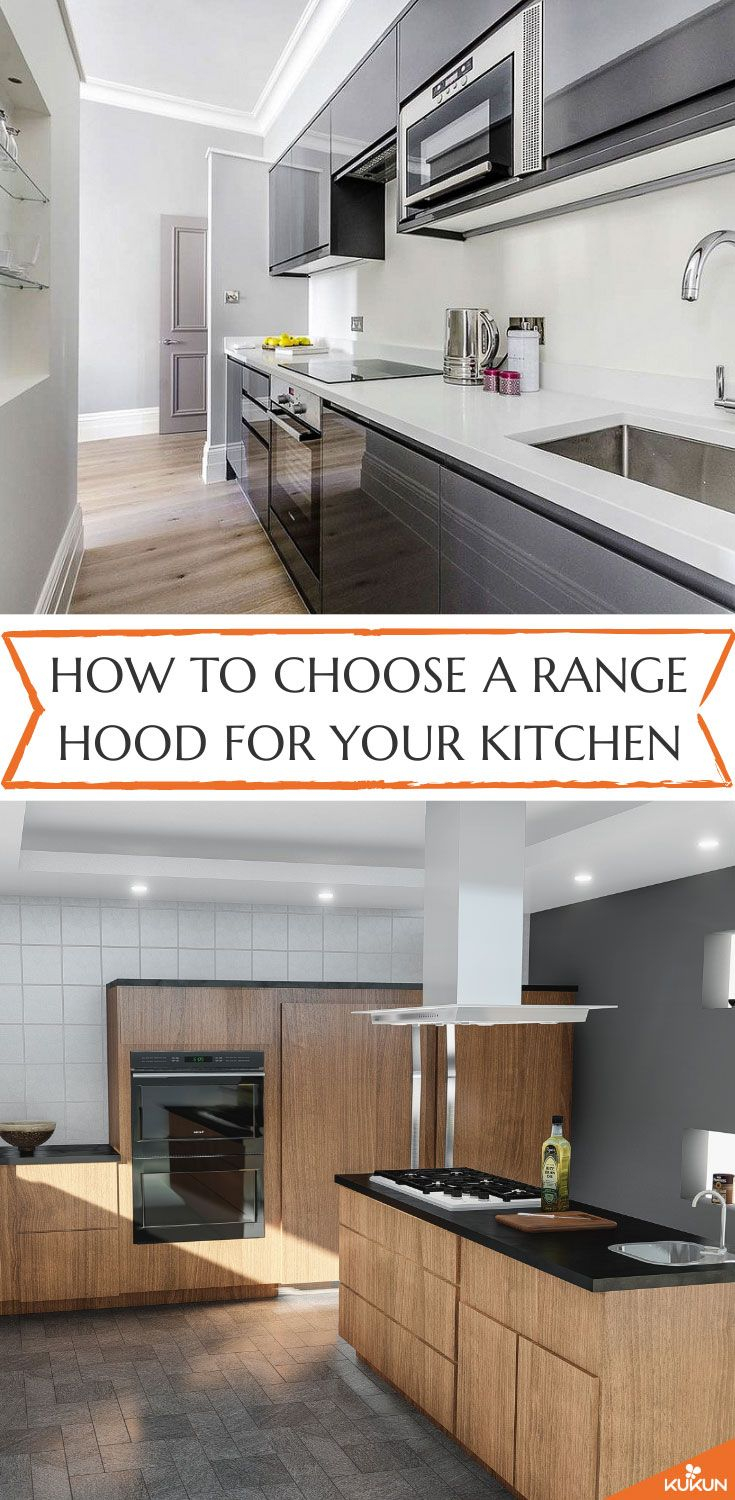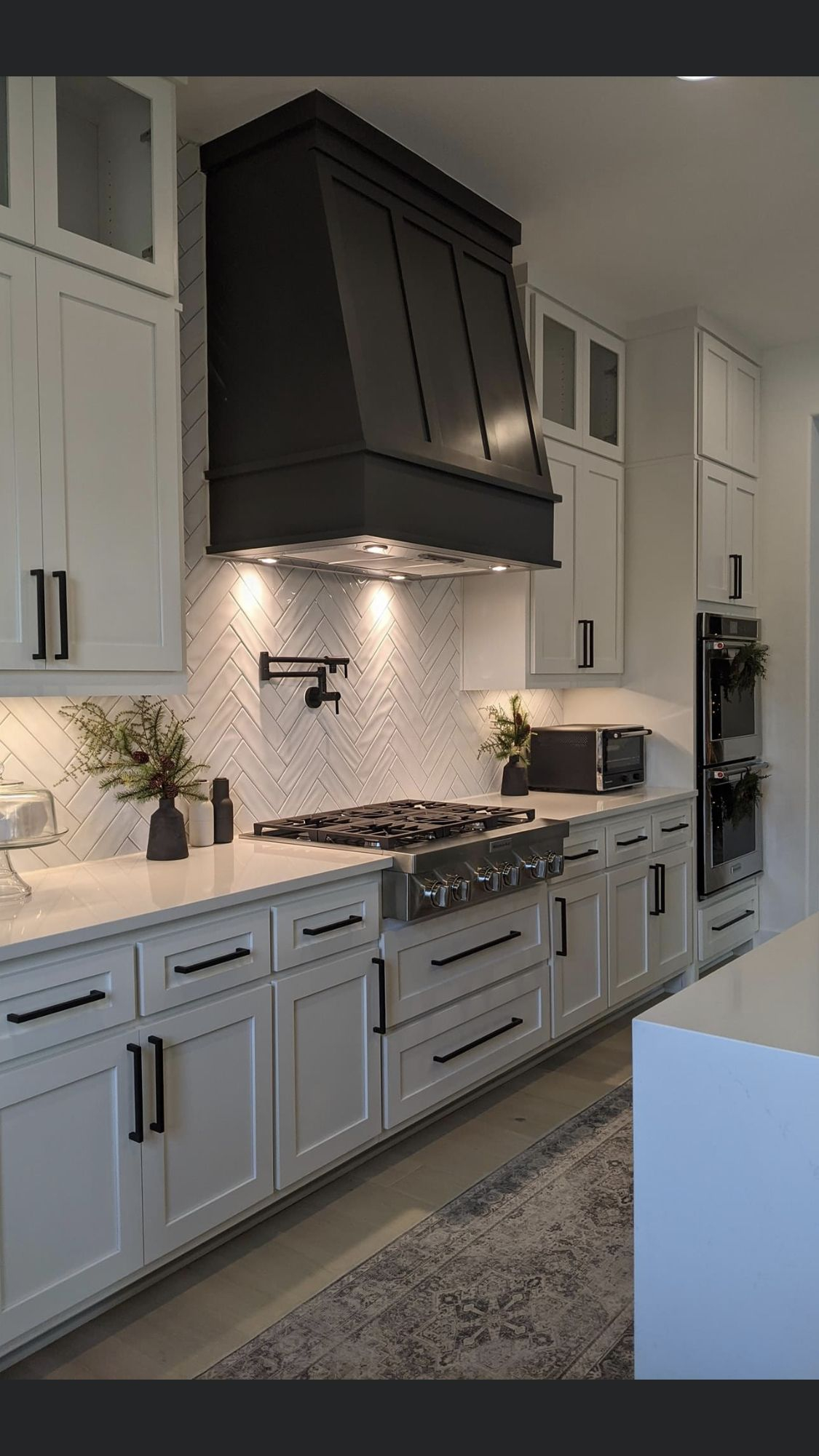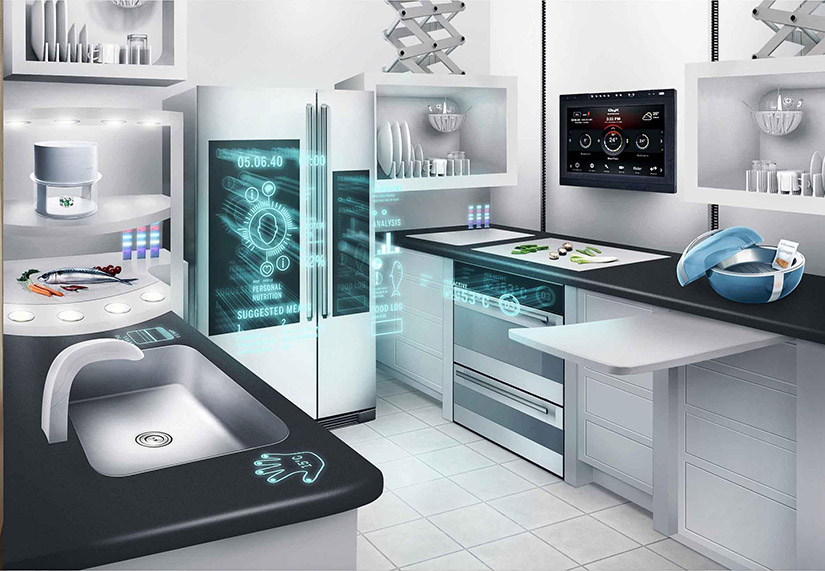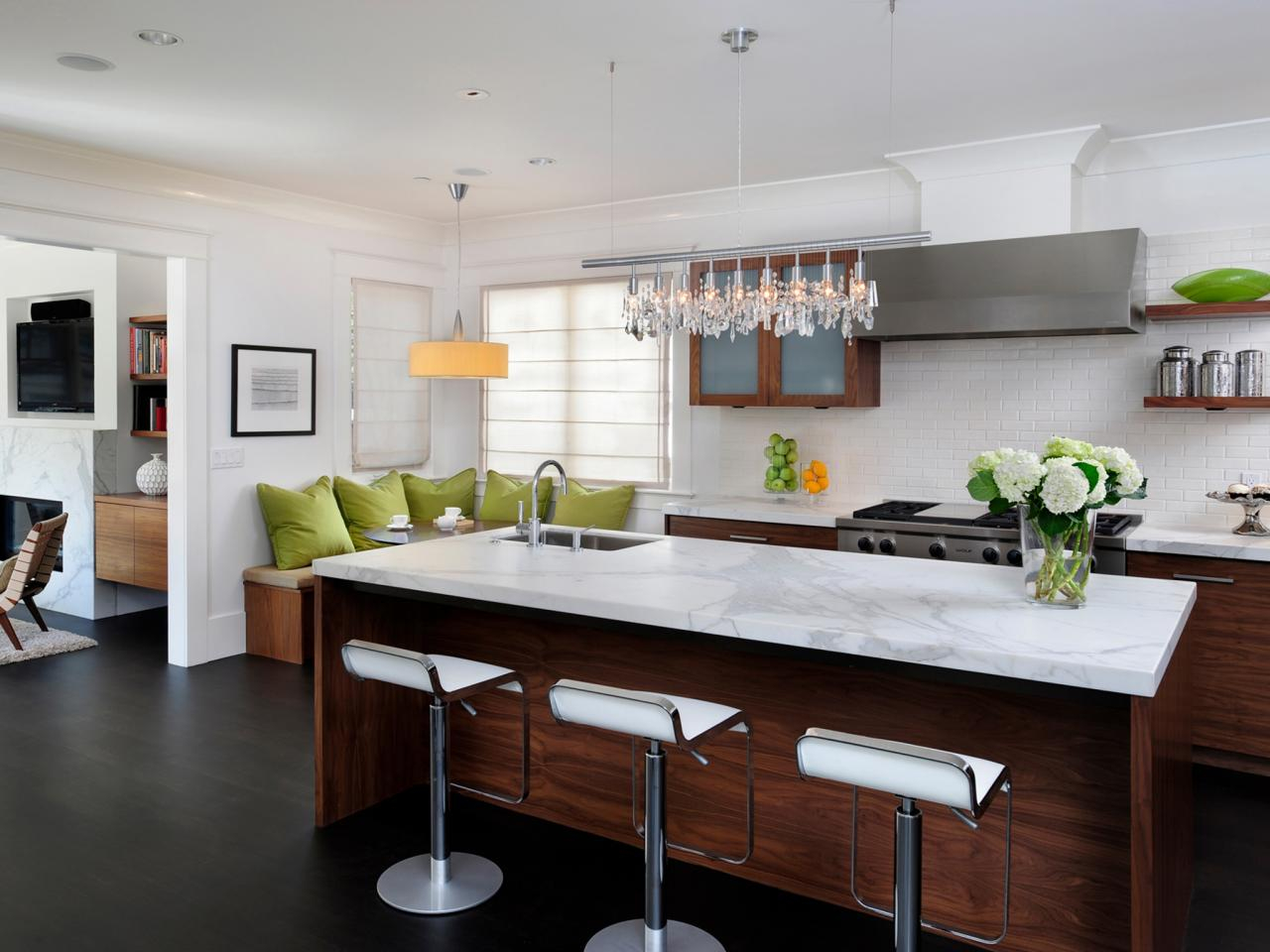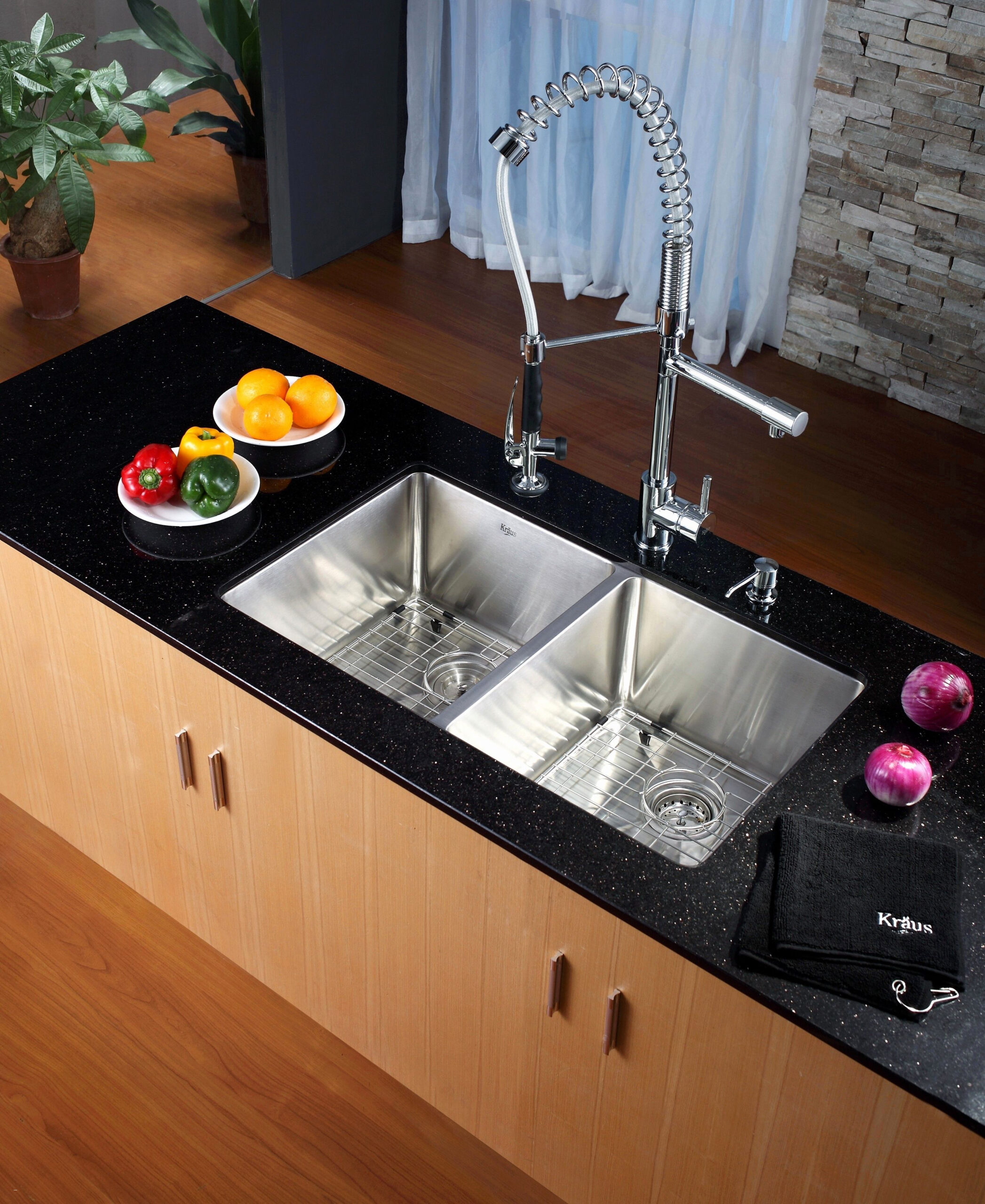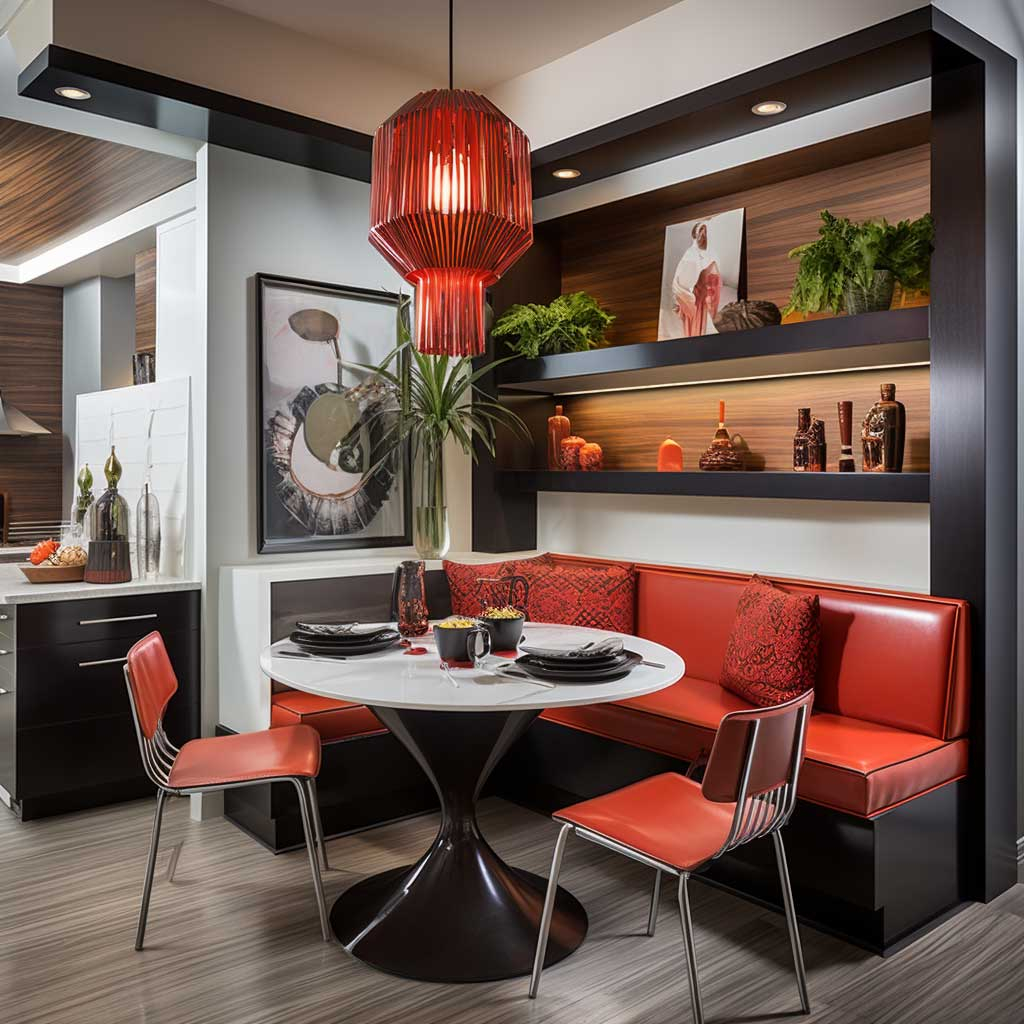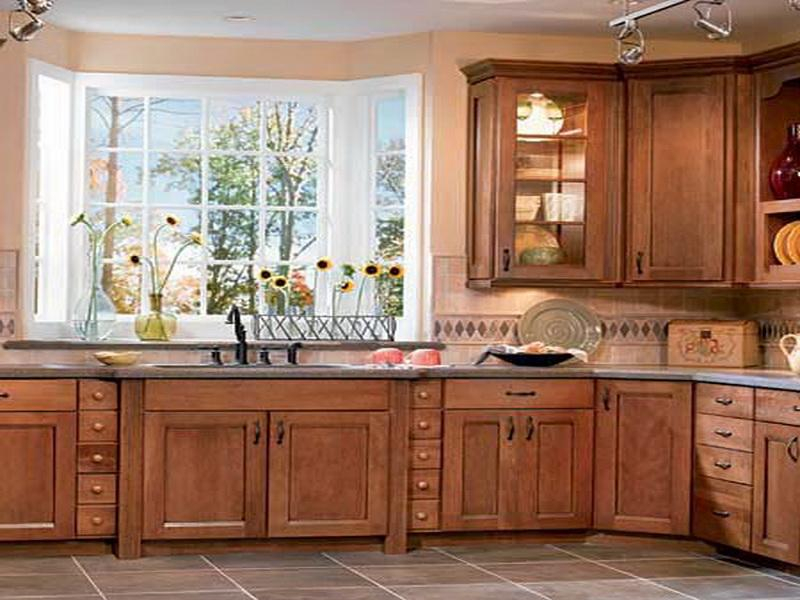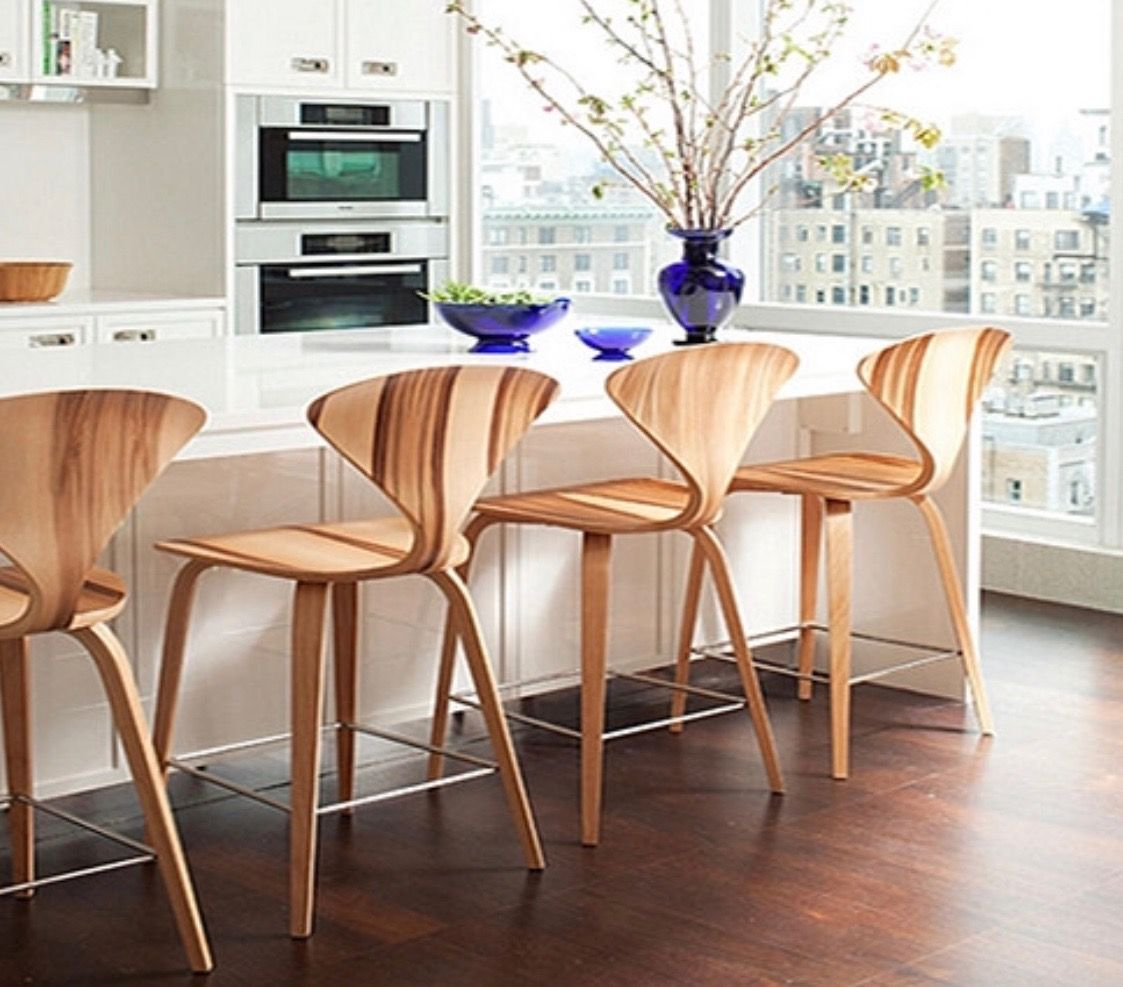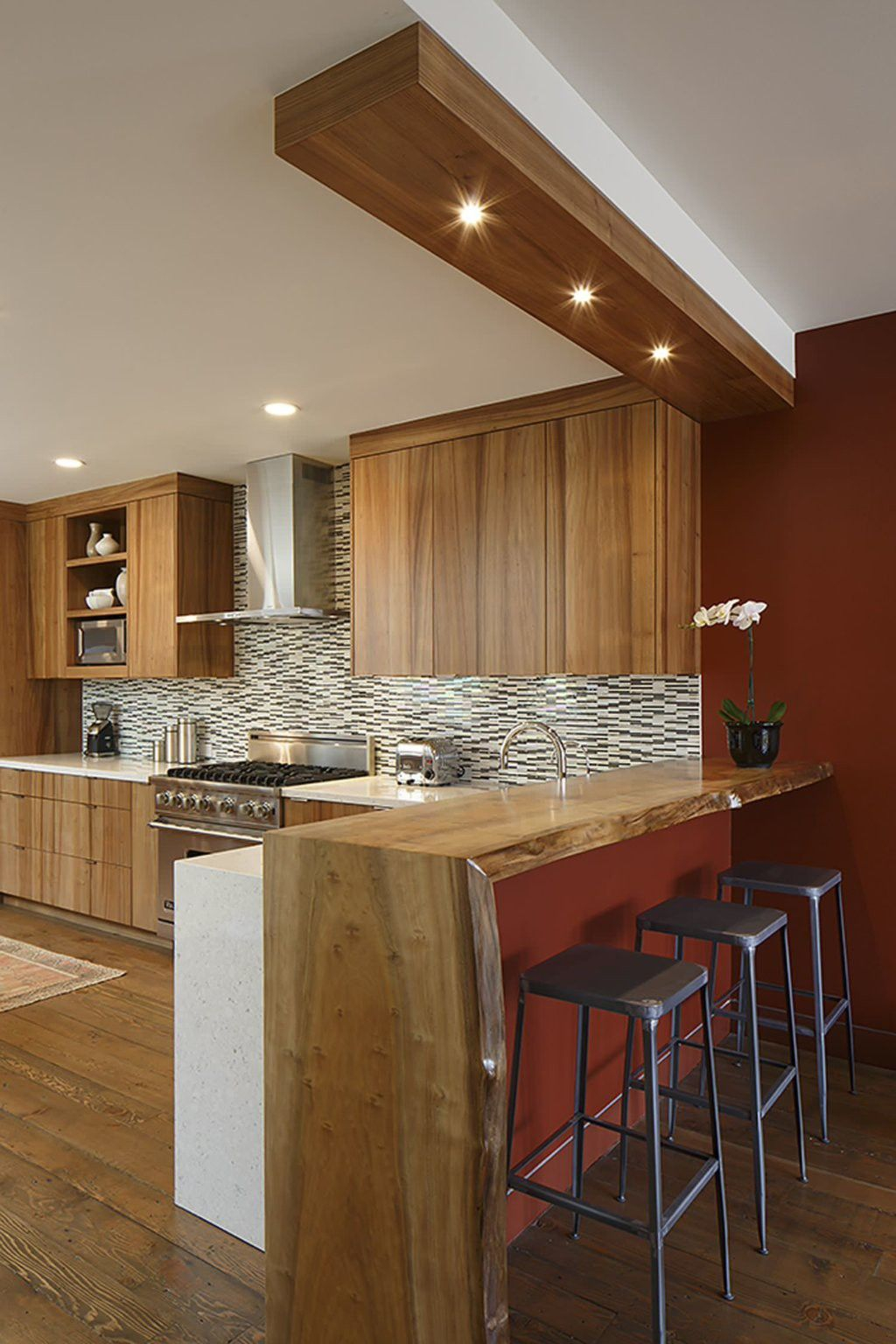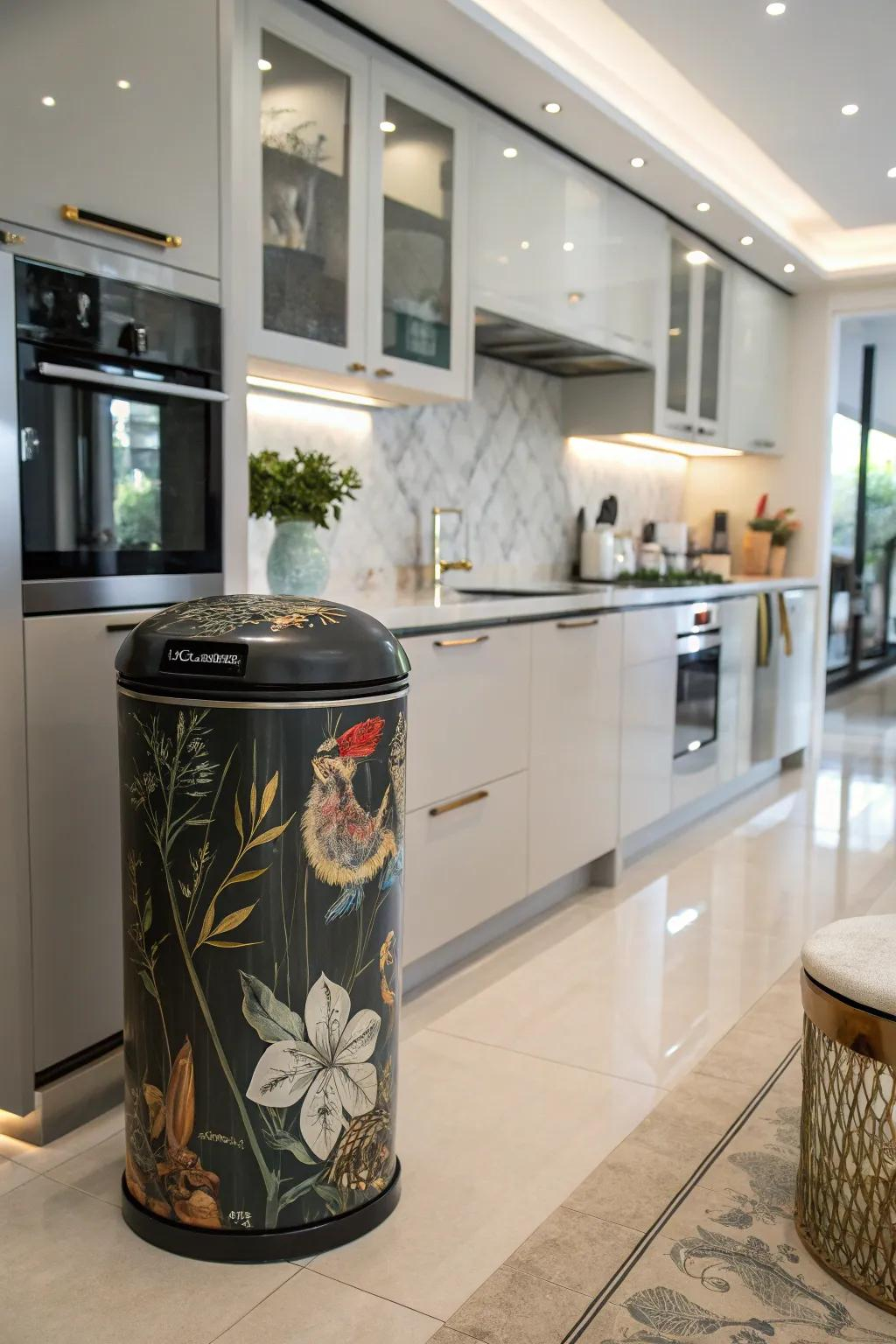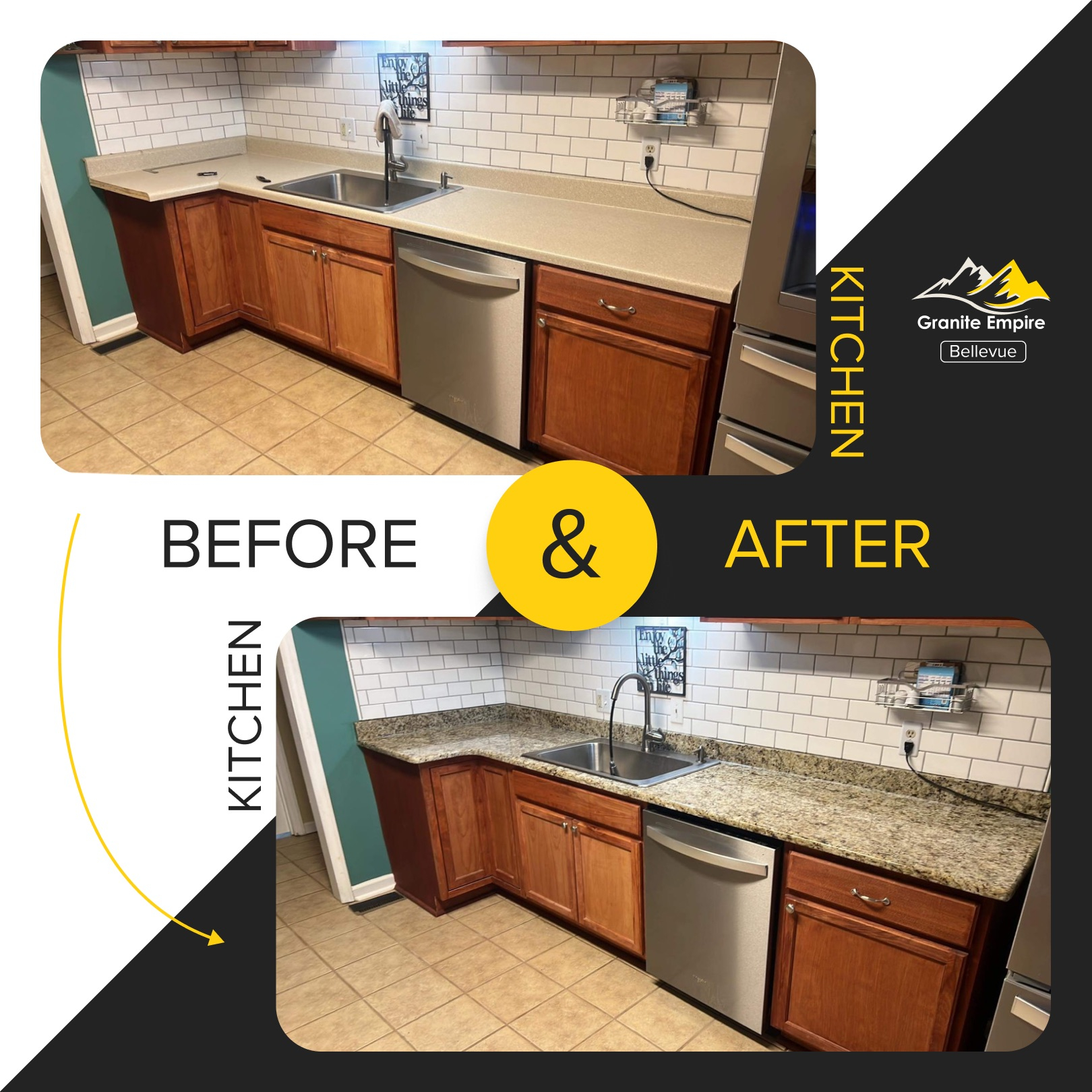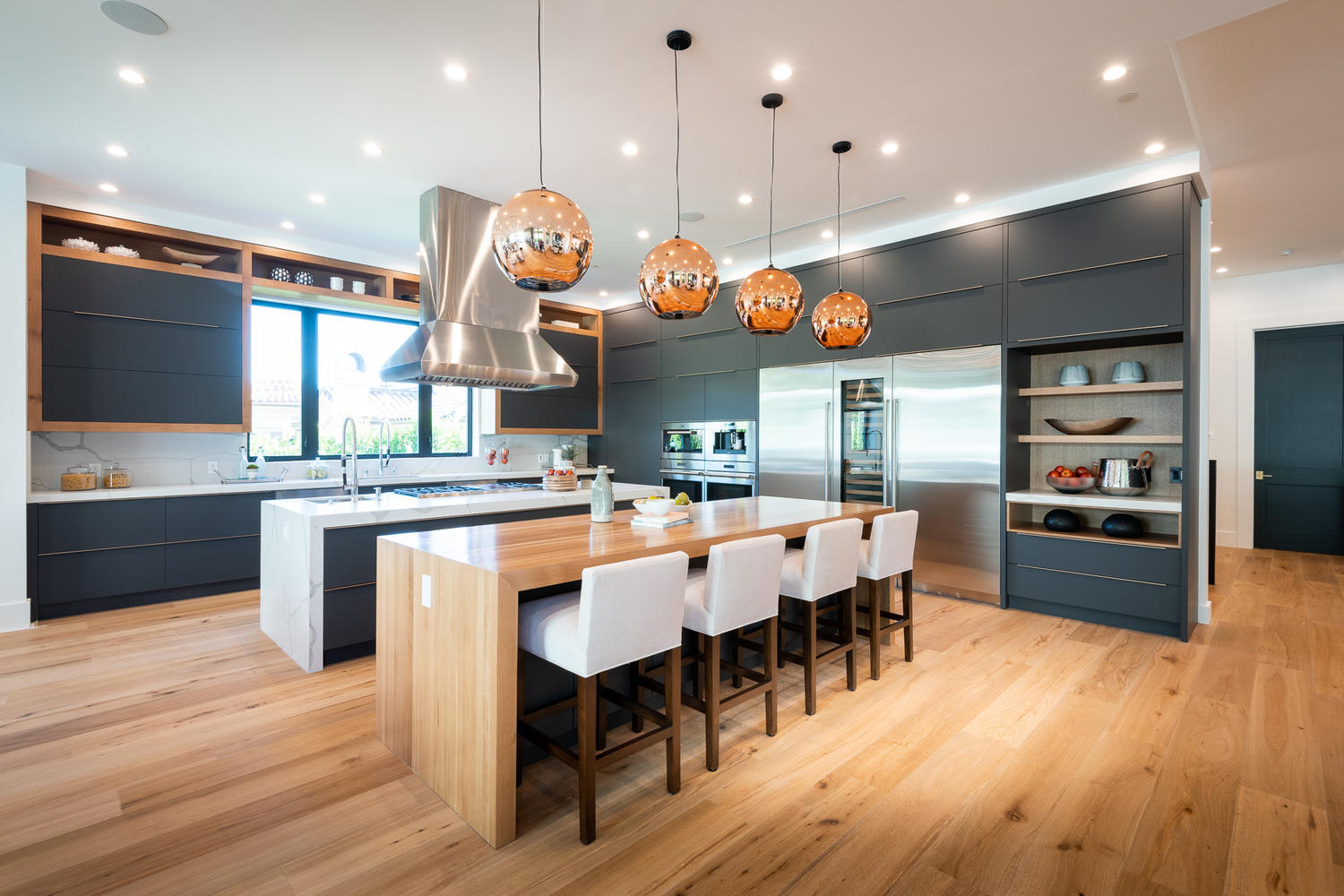Thinking about upgrading your kitchen? A new range hood might not be the most glamorous part, but it’s incredibly important. It’s the unsung hero keeping your air fresh and clean. But let’s be honest, the choices can be overwhelming. What’s CFM? Do I really need ducting? What style even fits my kitchen? We’re here to cut through the noise and make this decision simple for you.
That appliance above your stove does a lot more than just look good. It’s actively working to remove smoke, grease, steam, and even those lingering cooking odors that can make your home feel less than fresh. Without proper ventilation, your kitchen can become a breeding ground for unhealthy air pollutants and unwanted smells, not to mention the potential for grease buildup on your cabinets and walls. Choosing the right one isn’t just about aesthetics; it’s about creating a healthier, more pleasant cooking environment for everyone. So, let’s dive in and demystify this essential kitchen component.
Understanding Airflow: The Magic of CFM
One of the most critical factors is CFM, which stands for Cubic Feet per Minute. Think of it as the hood’s power – how much air it can move. A higher CFM generally means better ventilation. But how much do you actually need? A good rule of thumb is to match your CFM to your stove’s BTU (British Thermal Unit) output, which measures heat. For gas stoves, aim for about 100 CFM per 10,000 BTUs. Electric stoves are a bit less demanding, usually needing around 100 CFM for every 15,000 BTUs. If you do a lot of high-heat searing or wok cooking, you might want to bump that up a notch. It’s all about ensuring your hood can keep up with the air pollution your cooking creates.
Ducting vs. Ductless: Which Path is Right for You?
This is a big decision, and it really depends on your kitchen setup. Ducted range hoods vent the air and any contaminants outside your home through a system of pipes. This is the most effective method for removing grease and odors. If you have the ability to install ductwork, this is usually the preferred route. Ductless hoods, on the other hand, recirculate the air back into the kitchen after passing it through filters (usually charcoal). They’re easier to install and a great option if ducting isn’t feasible, but they’re less effective at removing grease and don’t truly purify the air. You’ll also need to replace those charcoal filters periodically, so factor that into the ongoing cost.
Sizing Up Your Hood: More Than Just Looks
Getting the size right is crucial for effective ventilation. Generally, your range hood should be at least as wide as your cooktop, and ideally, a few inches wider on each side. This ensures it captures all the smoke and steam rising from your pots and pans. For example, if you have a standard 30-inch cooktop, you’ll want a hood that’s either 30 inches or, even better, 36 inches wide. An undersized hood simply won’t be able to grab all the cooking byproducts, leaving your kitchen air less than pristine. It’s like trying to catch rain with a tiny bucket – you’ll miss a lot.
Types of Kitchen Hoods: Styles to Suit Every Kitchen
The world of kitchen hoods offers a variety of styles, each with its own aesthetic and functional considerations.
- Under-cabinet hoods: These are mounted directly beneath your cabinets, making them a space-saving and often more budget-friendly option. They’re a classic choice for many kitchens.
- Wall-mount chimney hoods: These are very popular and attach directly to the wall above your range. They often have a distinct chimney-like structure that vents upwards, offering a bold visual statement.
- Island hoods: Designed to be mounted above a freestanding island cooktop, these are often more decorative and are meant to be seen from all sides. They need to be powerful and attractively designed.
- Downdraft hoods: These are built directly into the cooktop or countertop and rise up when needed. They’re a minimalist solution, but typically less powerful than other types and can be more challenging to clean.
- Insert hoods: These are designed to be built directly into custom cabinetry or a decorative hood cover, offering a seamless and integrated look. They’re perfect for a truly custom kitchen design.
Noise Levels and Lighting: Don’t Forget the Details
Beyond CFM and style, two other important factors to consider are noise and lighting. Hoods operate with fans, and fans make noise. This is often measured in sones. A lower sone rating means a quieter hood. If you spend a lot of time in your kitchen or entertain frequently, a quieter hood can make a big difference. Look for models that offer variable fan speeds, so you can use a lower, quieter setting for light cooking and a higher setting when you need serious ventilation. And don’t forget the lighting. Many modern hoods come with built-in LED lights to illuminate your cooktop. Consider the brightness and placement of these lights to ensure they’re functional and enhance your cooking experience.
Installation and Maintenance: Keeping Your Hood in Top Shape
Proper installation is key to your hood’s performance and longevity. If you’re going with a ducted system, ensure the ductwork is correctly sized and sealed to prevent air leaks. For ductless systems, make sure the filters are installed according to the manufacturer’s instructions. Maintenance is also straightforward but essential. Regularly clean the filters – whether they’re metal mesh (which can often go in the dishwasher) or charcoal. Wipe down the exterior and interior of the hood to prevent grease buildup. A little regular care will keep your hood working efficiently and looking its best for years to come.
Choosing a kitchen hood doesn’t have to be a headache. By understanding CFM, deciding between ducted and ductless, getting the sizing right, and considering the various styles and features, you can make an informed decision. Remember, the goal is to create a cleaner, healthier, and more enjoyable cooking space. Take your time, consider your cooking habits and your kitchen’s layout, and you’ll find the perfect ventilation solution that works beautifully for you and your home.

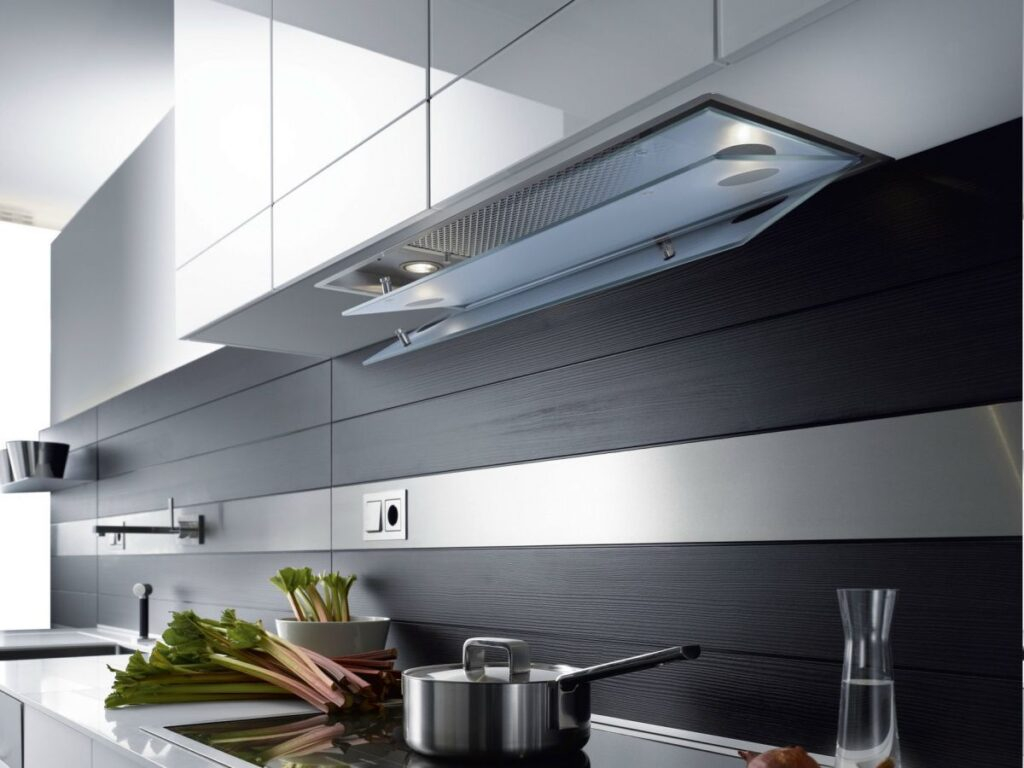
![[Keith] I Like The Handle Choice Here. We Like The Small Wood Handles ... inside Selecting the Perfect Modern Kitchen Hood Your Expert Guide](https://roofdrivein.com/wp-content/uploads/2025/08/keith-i-like-the-handle-choice-here-we-like-the-small-wood-handles-inside-selecting-the-perfect-modern-kitchen-hood-your-expert-guide.jpg)
